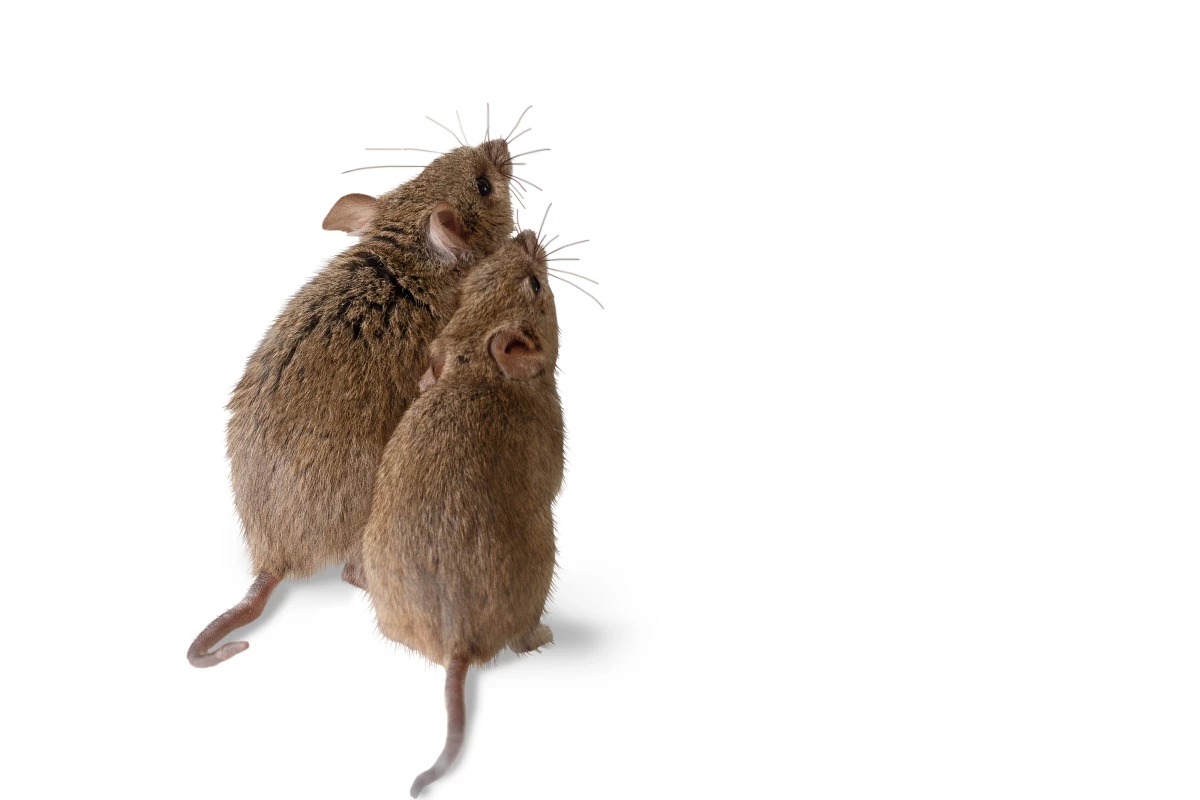Scientists say they've uncovered the neural circuitry behind desire that is responsible for sex drive, behavior and reward.
“We’ve singled out a circuit in male mammals’ brains that controls sexual recognition, libido, and mating behavior and pleasure,” said senior author Nora Shah, professor of psychiatry and of neurobiology at Stanford University.
The study found that when a male mouse encounters a new female, an area of the brain is switched on, creating a downstream activation of neurons that trigger mating behaviors and the ensuing pleasure and reward response.
“It’s very likely there are similar sets of neurons in the human hypothalamus that regulate sexual reward, behavior and gratification,” he said. “And they’re probably quite similar to the ones we’ve observed in mice.”
Earlier work by the team showed that manipulating neurons projecting from the bed nucleus of the stria terminals (BNST) to the pre optic hypothalamus could switch on and off sexual recognition.
“We wanted to know exactly which of these neurons were talking to exactly which neurons in the preoptic hypothalamus once that recognition occurred,” Shah said.
In the latest study, the team focused on a set of BNST neurons that secrete a slow-acting peptide called Substance P. By stimulating this tract, the circuit reached preoptic hypothalamus neurons with receptors for Substance P, which then initiated the male mating behaviors. When the scientists directly stimulated the Substance P neurons in the pre optic hypothalamus, the male mice that had just completed mating behaviors were driven to immediately resume sexual activity.
It showed that the normal refractory period, in which sex drive and mating capabilities are restored after ejaculation, was completely overwritten. Nearly all mammals require this refractory period to physiologically regroup for sexual activity.
“It took one second or less for them to resume sexual activity,” Shah said. “That’s a more than 400,000-fold reduction in the refractory period.”
And on the flip side, suppressing this neural activity can completely erode the male’s libido.
“If you silence just this set of preoptic-hypothalamus neurons, the males don’t mate, period,” said Shah.
The manipulation of the Substance P receptor neurons also led to the male mice mating with inanimate objects (see video below).
While the study focused on the manipulation of male mouse neurons, the scientists believe this sort of trigger is likely conserved across mammalian species. As such, it could be a key finding in developing new drugs for human sexual behaviors. Therapeutics could potentially turn down the activity in men with hyperactive sex drives, or boost it for those with low libidos.
“If these centers exist in humans – and now we know where to look – it should be possible to design small molecules that can be used to regulate these circuits,” Shah said.
“Such drugs would be quite different from today’s phosphodiesterase inhibitors,” he added. “Instead of generally enhancing blood flow in small vasculature throughout the body, they would directly amplify or tamp down a specific brain area that controls male sexual desire.”
The researchers also noted that ramping up neural activity in the mice had no impact on aggression, which signals good news for any potential drug development.
The team now aims find an equivalent circuit that drives female sexual desire.
In the video below, stimulation of the neural circuit not only triggered mating behavior with the female mouse, but caused the male to mount inanimate objects.
The study was published in the journal Cell.
Source: Stanford University





